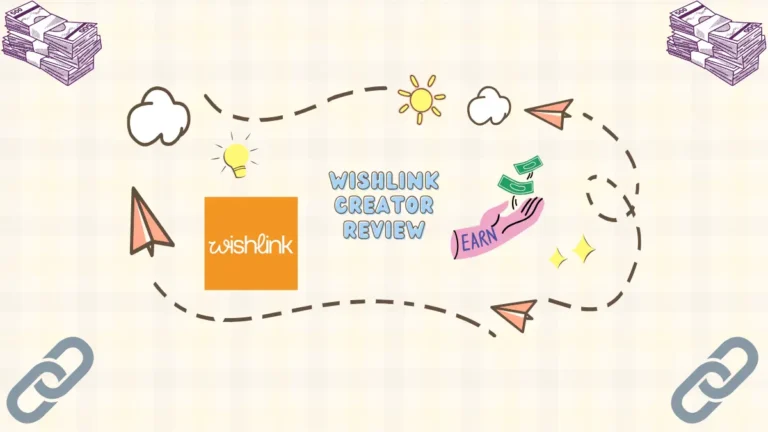The world of e-commerce keeps changing and adapting to meet the market’s needs. The most recent innovation is ‘composable commerce,’ commonly abbreviated as CC. According to Contentful, “Composable commerce is the next frontier of retail, and there’s no better way to futureproof your digital presence in a post-pandemic environment. “ This article will give a deeper insight into what CC is, how it operates and why it is the future of commerce.
CC is a concept that originated in the US and was first coined by Gartner. It’s now used as a term to describe an emerging form of e-commerce that is not bound by the limitations of a single vendor. Instead, it allows multiple vendors to work together to provide customers with an online shopping experience unique to them.
How Does it Work?
CC works on a model where merchants and suppliers can create ‘compositions’ to build bespoke, tailored products for individual customers. This means that each customer receives what they want and need, but in a format that is tailored specifically for them.
Why is it becoming more popular?
The advantages of CC are numerous; it gives customers more control over their purchases, enables faster delivery times, and prevents the risk of being overcharged or undercharged by suppliers. It also creates more opportunities for new vendors to enter the market because they can build their bespoke products, which reduces the risk of being out-competed by larger brands.
What are the benefits?
CC has several benefits for customers. The biggest advantage is that it enables customers to receive what they want. This means that they can fully control their shopping experience and can tailor their purchases to suit their individual needs and tastes.
It also means that customers will receive faster delivery times because they’re not waiting for large batches of goods to arrive from a single vendor. Instead, the customer is receiving products from a range of suppliers. This reduces the risk of being overcharged or undercharged by suppliers and makes them more willing to deliver the goods on time.
It also prevents ‘stock outs’ where products aren’t available when expected, so customers miss out on the product or have an unsatisfactory experience. As an added benefit, this also helps with price competition between vendors as each one can offer lower prices for the same products.
Finally, it also means that customers can use their purchases more effectively. For example, they can take advantage of the range of ingredients available and create new recipes at home. This means they are spending less money on unnecessary items and creating more value for themselves.
It also has significant benefits for vendors in terms of enabling them to expand their businesses. This is because it reduces the risk of being out-competed by larger brands. If a vendor can supply products with different qualities and quantities to a range of customers, they are likely to charge higher prices for their goods than if they were selling just one product exclusively.
This also means that vendors are less likely to be under-or overcharged by suppliers because each customer will be requesting a different quantity and quality of goods from each supplier, resulting in a higher level of consistency between suppliers’ prices.



